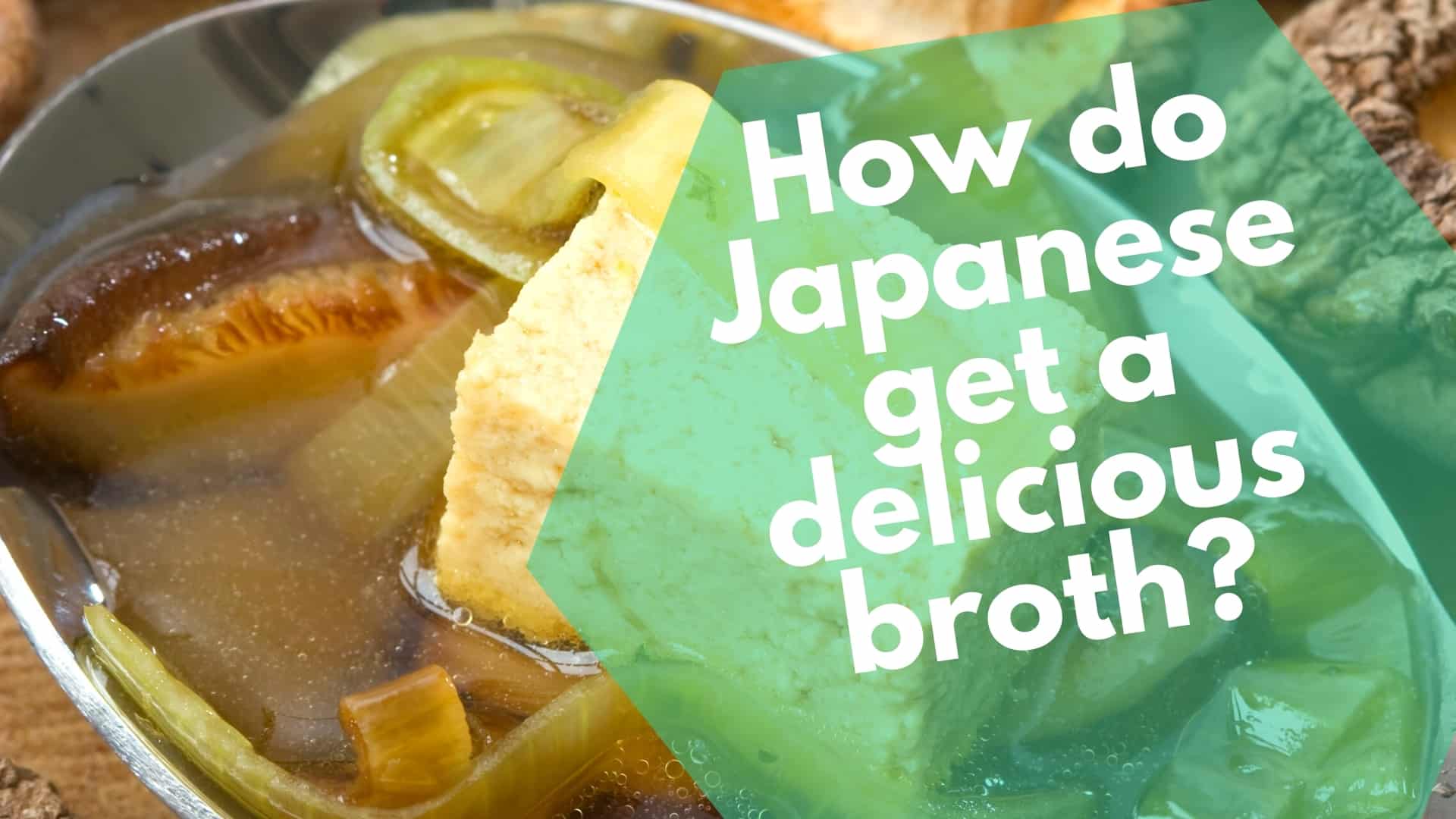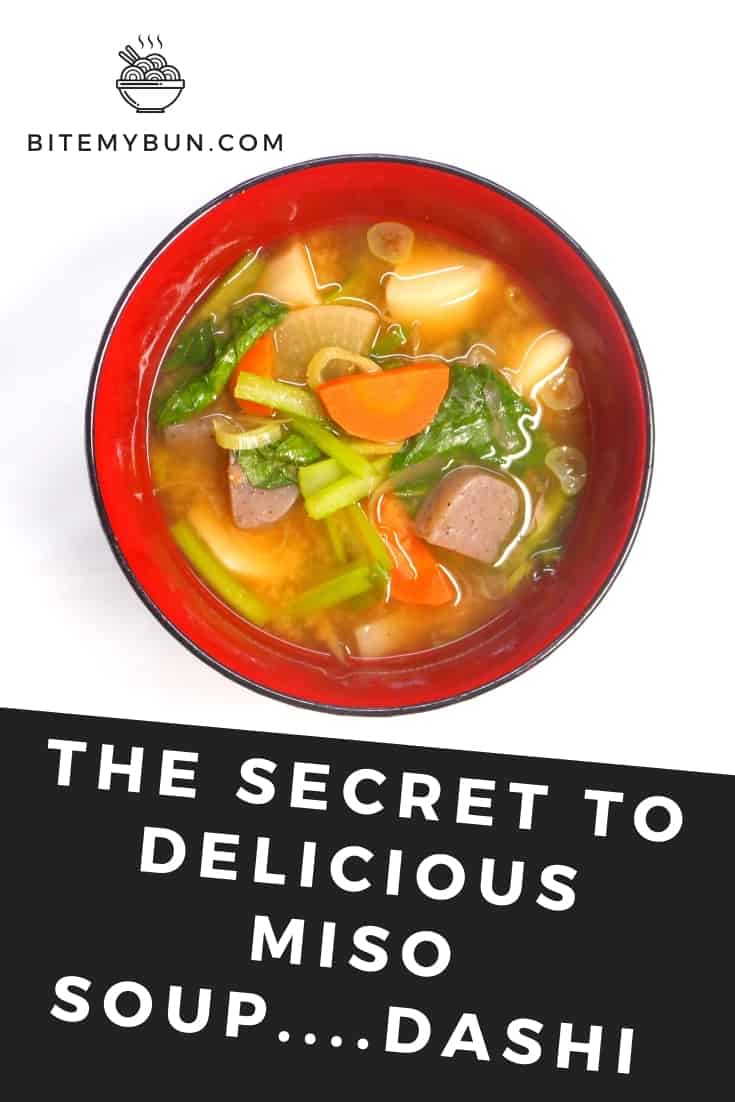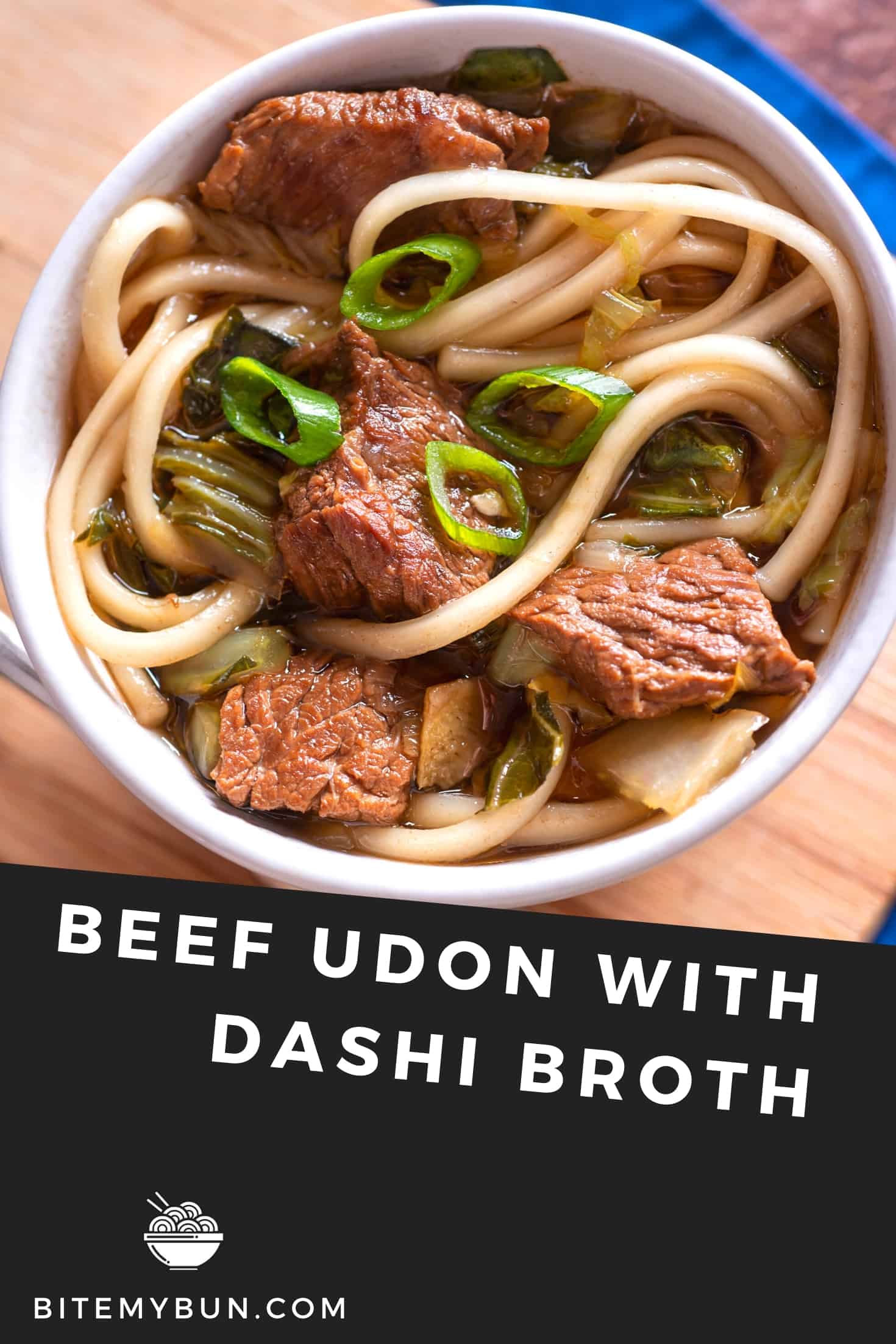How do Japanese get a delicious broth?
Bouillon, in French cuisine, is simply a broth. This name comes from the verb bouillir, meaning to boil. It is usually made by the simmering of mirepoix and aromatic herbs with either beef, veal, or poultry bones and/or with shrimp, or vegetables in boiling water.
This is not to be confused with bouillon soup, a Haitian soup, or stock, which is made in a (somewhat) similar manner but serves an entirely different purpose in French cuisine. 

Check out our new cookbook
Bitemybun's family recipes with complete meal planner and recipe guide.
Try it out for free with Kindle Unlimited:
Read for freeHow Do Japanese Use Broths?
If there’s one thing that is big in Japanese cooking, it’s broth.
Japanese eating is based on the principles of a balanced diet known as ichiju issai (one soup and one side) or ichiju sansai (one soup and three sides).
So whether you’re eating one side or three sides, one thing is for sure… you will be eating is soup.
And if there’s one ingredient common to all soups, it’s broth.
This article will take a look at the various broths in the Japanese diet and how they are used.
It’s All About the Dashi
If you are looking to eat a Japanese soup with a thin consistency, it’s likely you will be eating dashi.
Dashi is generally made by mixing water with kombu (dried kelp) and katsuobushi (dried bonito flakes). It provides that unique, savory, umami taste that sets Japanese dishes apart.Japanese Soups
There are several Japanese soups that are made with dashi. These include the following.
- Shirumono soups: These soups have a dashi base and contain ingredients like shiitake mushrooms and dried baby anchovies (iriko).
- Ramen: This very popular soup is made with a dashi base. Soy sauce, soybean paste and salt are added. There is also usually some type of meat flavoring and egg noodles included in the dish.
- Miso Soup: Miso soup is made by mixing dashi and miso paste. Ingredients like tofu, green onions and seaweed can also be added.

And while these thin soups feature dashi heavily, it can also be added to creamy soups to provide flavoring.
Soups like Sicchu (cream stew), corn pottage, and kabocha soup have a reach creamy texture due to the cream and milk used to make the broth. However, dashi is added to provide that authentic taste.
In fact, if you try to make any Japanese recipe without dashi, it will not taste as authentic.
Dashi in Other Dishes
And while dashi is often used in soups, it can also be used in other meals.It is used to flavor meat and noodle dishes such as beef udon (a beef and noodle dish), shabu shabu (a hot pot dish containing meat and vegetables), and it can also be used to flavor tofu. 
So essentially, if you’re looking for a Japanese dish that contains dashi….well, let’s just say you may be more hard-pressed to find a Japanese dish that doesn’t contain dashi.
It is a staple of Japanese cooking that is known to give meals their unique flavor. What is your favorite dashi dish?
Also read: this is how you make dashi or substitute it in your dish
Check out our new cookbook
Bitemybun's family recipes with complete meal planner and recipe guide.
Try it out for free with Kindle Unlimited:
Read for freeJoost Nusselder, the founder of Bite My Bun is a content marketer, dad and loves trying out new food with Japanese food at the heart of his passion, and together with his team he's been creating in-depth blog articles since 2016 to help loyal readers with recipes and cooking tips.
